Biblical Covenants
G-d promises Jews a great nation in return for observance of belief and practice of laws.

G-d promises Jews a great nation in return for observance of belief and practice of laws.
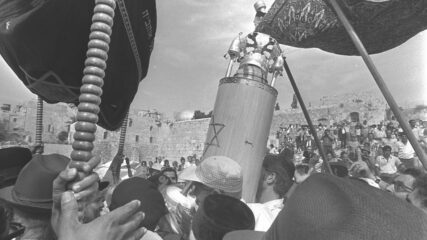
The Hebrew Bible, Prophetic Books, the Talmud, the daily prayer book, and ancient Jewish texts reinforce Judaism’s relationship to G-d and Eretz Yisrael.
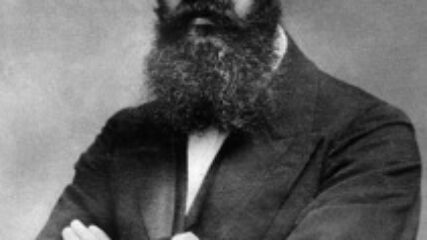
Eventual head of the World Zionist Organization, Theodor Herzl says anti-Semitism requires a Jewish state.
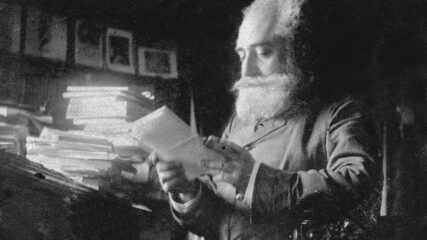
Nordau’s impassioned speech summarized the unique Jewish identity to belief, Torah, ritual and community. With those central elements as a people, their state of impoverishment and wretched physical insecurity, he argued, were vital for rebuilding the Jewish national territory.

Three European journalists provide their first hand accounts of the First Zionist Congress and reporting of the delegates attending.
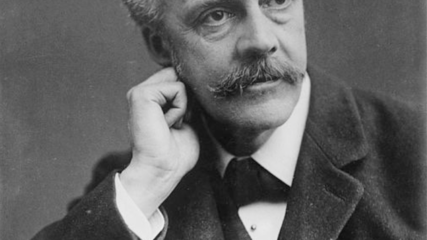
British Foreign Ministry promises to set up a Jewish National Home in Palestine with no harm to non-Jewish populations, or to Jews living elsewhere who might want to support a Jewish home.
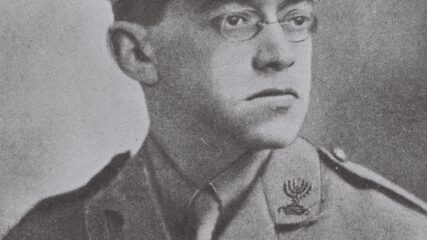
April 11, 1923 Vladimir “Ze’ev” Jabotinsky (October 17, 1880-August 3, 1940) was a Russian-Jewish intellectual, writer, soldier and political activist who founded the Revisionist Zionist movement. A charismatic orator and prolific author, Jabotinsky broke with…
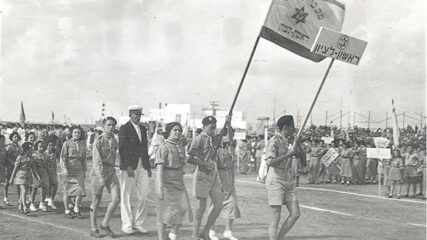
Zionists decide to hold the first international sports games in Tel Aviv bringing 400 Jewish athletes from 18 countries. The games open on March 28, 1932. Zionists value the games as a “possible awakening of youth in the Diaspora” to Zionism and the positive economic outcome for the Jewish community in Palestine.

In New York, urging American (Jewish) support, Ben-Gurion proclaims the eventual establishment of a Jewish state.
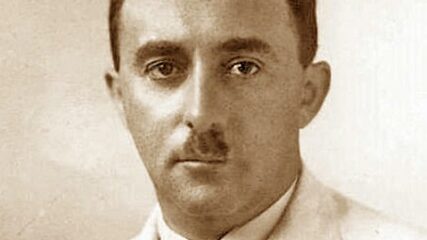
Moshe Sharett urges the British and Americans to open Palestine to unimpeded Jewish immigration from Europe.
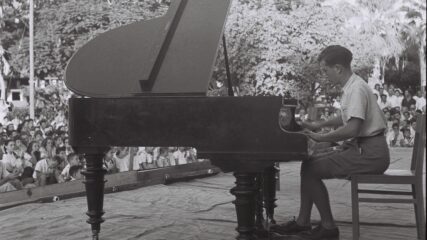
Gerda Luft’s, “Cultural Life in Palestine,” is representative of the dozens of excellent analyses of Jewish life and politics in Palestine/Israel and the world located in the annual Palestine Yearbooks, later the Israel Yearbook, published from 1945 forward.
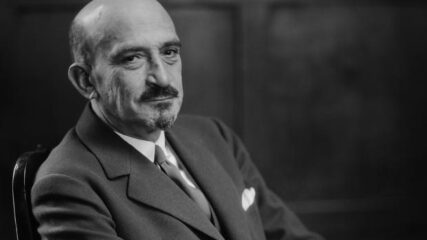
The last of 23 volumes of Chaim Weizmann’s Letters summarized wonderfully by Aaron Klieman, recalls the Israeli first president’s views of those fateful years for Zionism and Israel from 1947-1952. Chaim Weizmann died at his home in Rehovot on 9 November 1952, shortly before his 78th birthday. All of the letters read together, provide ring side seat to Zionism as an idea to the reality of the Jewish state.
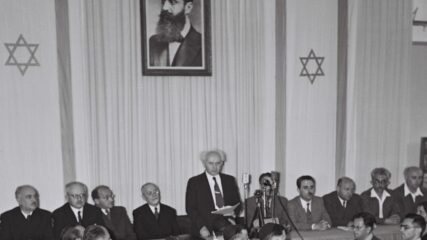
The Declaration recounts the Jewish connection to the Land of Israel, the birth of Zionism and U.N. recognition of a Jewish state’s legitimacy. It also promises that the state will be a democracy for all its citizens.

Read full article at the Israel State Archives.

This draft spoke eloquently about protecting individual, religious, and civil rights for all. Instead individual civil rights in Israel were protected by a series of Basic Laws.

Jews worldwide are given the right to come to Israel and become citizens.
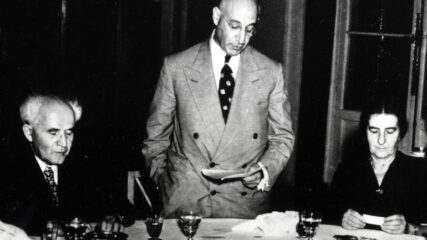
August 23, 1950 American Jewish Yearbook, Vol. 53. 1952. 64-8. Over time, world Jewish opinion became splintered not only about the nature of Zionism or the role of Israel in their identity, but the degree…

The Israel Year Book, 1950/51, Tel Aviv, Israel Publications Limited, 1951, pp. 23-34.,(reprinted with permission). The Zionist Movement, the unique instance in world history of a people without a land organizing itself for the rebuilding…
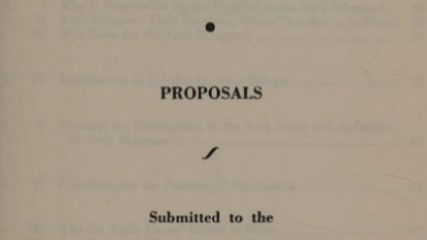
This report submitted to the United Nations at the end of 1951 notes that “some one million Jews have become the victims of accelerated antiSemitism” since 1948 in the Muslim countries of the Arab League and North Africa, “communities which have existed for thousands of years.” The report analyzes the situation for Jews overall and explains restrictions and oppressive measures country by country.
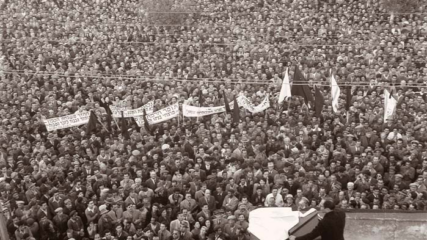
In an impassioned Knesset speech, Menachem Begin staunchly opposes accepting $1.5 billion in German reparations for Jewish deaths during WWII. No price, he believes, can be put on the lives lost.
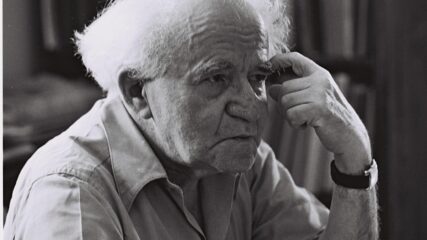
Israel’s first prime minister was a prolific writer. In this excerpt of a 50-page document, he notes that the Jewish nation’s DNA included relentless challenges marked by dispersal, ostracism and hatred by many people. Despite these adversities, Israel’s establishment symbolizes a remarkable victory against all odds — a culmination of the Jewish people’s tenacity and unyielding spirit. The state and Zionism were not remotely close to being finished, nor having succeeded in the quest for the Jewish people’s normalization.

Ben-Gurion elegantly connects modern Israel from messianic redemption to Zionism, building the country through labor and immigration, with dual needs to remain actively linked to the Jewish diaspora and Jewish values through education.
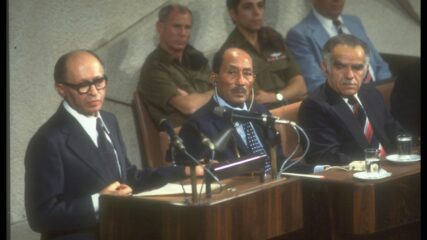
Begin welcomes Sadat’s bold initiative, seeking an end to the conflict with other Arab states through negotiated treaties. Begin invites other Arab leaders to negotiate as Sadat was doing.
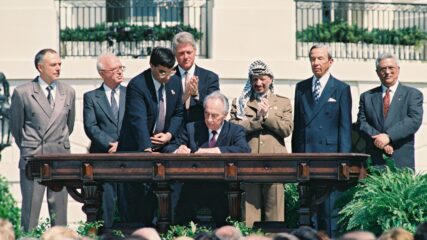
In September 2023, thirty years after the historic signing of the Oslo Accords, there is occasion to review Prime Minister Rabin’s understanding of them. I assembled this collection years ago from Daily Reports- Near East and South Asia, 1993-1995. Two short items about Rabin’s views are also found or linked here. Rabin provided a summary of his views of the Accords in a Knesset speech in October 5, 1995. Some of Rabin’s reasons for signing the Accords are also provided in Yehuda Avner’s The Prime Ministers.